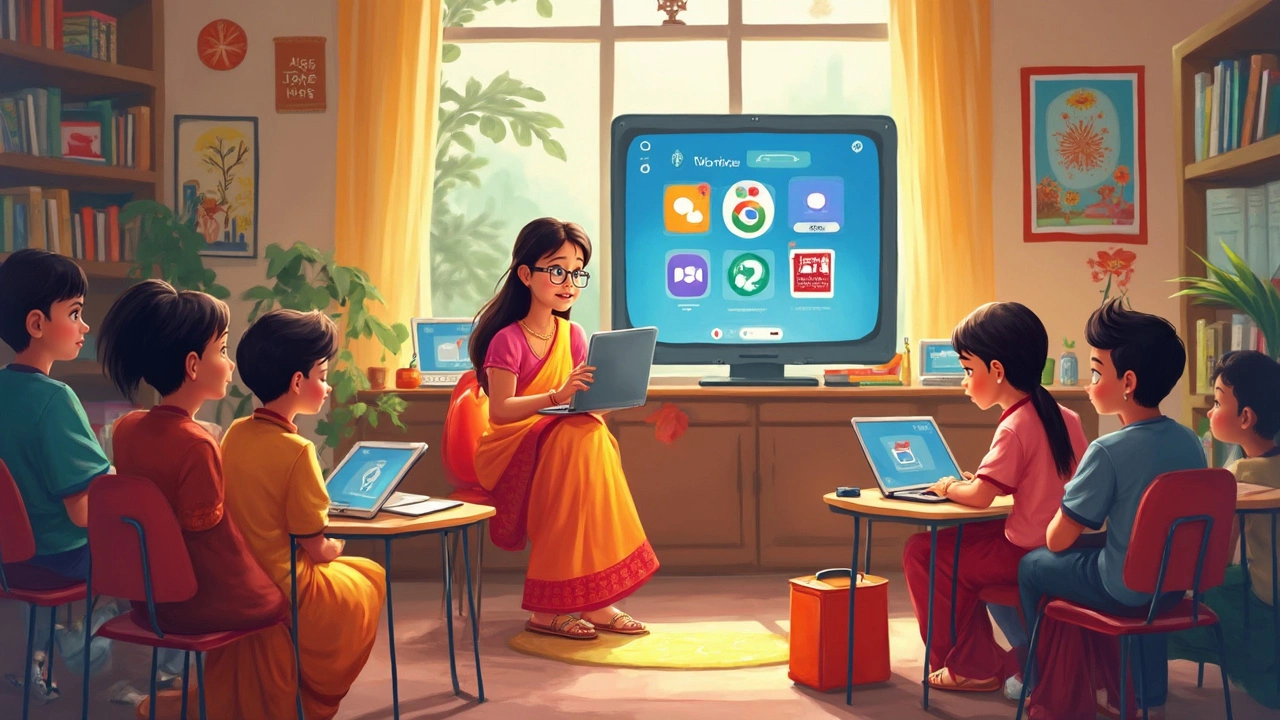Free Online Teaching: Resources, Tips, and Trends
When talking about Free Online Teaching, the practice of delivering education at no cost through digital platforms. Also known as free digital instruction, it empowers anyone with internet access to learn without paying tuition fees, you instantly think of e‑learning, the broader ecosystem of web‑based education and digital classrooms, virtual spaces where teachers and students interact in real time. These three entities form the core triangle: free online teaching encompasses e‑learning, requires digital classrooms, and thrives on active student engagement.
Why Free Online Teaching Matters Today
First, cost is a huge barrier for many learners. By removing tuition, free online teaching opens doors for students in remote villages, low‑income families, and gig workers who can’t afford traditional classes. Second, the rise of high‑speed internet makes it possible to stream lectures, host live Q&A, and share interactive quizzes without lag. Third, platforms like YouTube, Khan Academy, and open‑source LMS tools provide ready‑made content that anyone can adapt. Together, these factors mean that a teacher can reach thousands from a kitchen desk, and a student can study at any hour without worrying about fees.
But delivering quality for free isn’t just about uploading videos. Student engagement, the level of active participation and interaction becomes the make‑or‑break factor. Studies from Indian ed‑tech firms show that courses with weekly polls and peer‑review assignments see 30% higher completion rates. So, the best free online teaching programs blend self‑paced modules with live check‑ins, discussion boards, and gamified badges. This approach tackles the biggest criticism of free content: lack of accountability.
Another related entity is online courses, structured learning paths that may include videos, readings, and assessments. While many online courses charge a fee, a growing number are offered for free through university outreach programs, government initiatives, and nonprofit collaborations. When you combine free online teaching with these open courses, you create a complete learning pipeline: discovery via free videos, deeper dive through free course modules, and certification via low‑cost exams if desired.
Technology also plays a role. Popular tools like Google Classroom, Zoom, and Microsoft Teams serve as the backbone of digital classrooms. They enable screen sharing, breakout rooms, and real‑time feedback, which are essential for mimicking the interactivity of a physical classroom. When teachers choose tools that integrate with existing LMS platforms, they reduce the learning curve for students and keep the experience seamless.
Looking ahead, the trend is clear: more institutions are committing resources to sustain free online teaching as a permanent offering, not just a pandemic‑era stopgap. Government scholarships now cover internet data bundles, and corporate CSR programs fund content creation for high‑need subjects like math and science. This ecosystem ensures that free online teaching will continue to expand, reaching new audiences and covering an ever‑wider range of subjects.
Below you’ll find a curated collection of articles that dive deeper into each of these areas—coding challenges, high‑pay skills you can learn in weeks, ways to boost student engagement, and practical guides for self‑teaching. Whether you’re an educator looking for free resources or a learner hunting for the next skill, the posts ahead will give you concrete steps and real‑world examples to get started.
Best Free Apps for Online Teaching: Which One Really Works?
Not sure which free app is best for online teaching? This article breaks down top-rated platforms, comparing their features, reliability, and quirks, all with an honest look at what real teachers need. Expect hands-on insights about ease of use, student interaction, and hidden limits. Whether you're teaching kids, teens, or adults, you'll find practical advice here. Cut down your search time and start teaching smarter, not harder.
